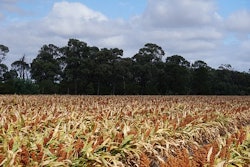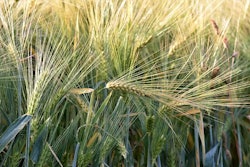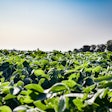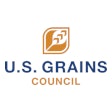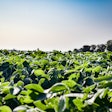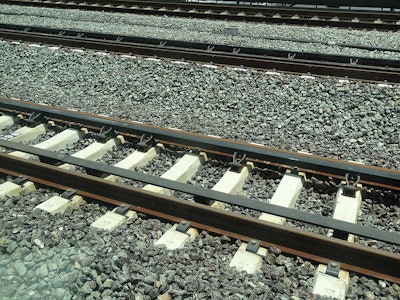
The U.S. Department of Agriculture (USDA) and Washington State University teamed up at FreightWeek STL to present the findings from recent research efforts aimed at modeling the prioritizing of agriculture transportation infrastructure improvements that support specific export supply-chains to increase exports, in this case soybeans and soybean products.
The research, sponsored by the USDA, aims to identify a modeling approach that could be used to prioritize national, regional and local transportation infrastructure investments that increase market access to the global soybean market. The session featured robust discussion with attendees, who included transportation stakeholders and representatives from the commodities sector, economic development agencies and other interested stakeholders.
Moderator and presenter Eric L. Jessup, associate professor, Washington State University School of Economic Sciences, began the session by noting their research project and modeling approach hopes to answer the question of how the U.S. should invest in its freight infrastructure to remain competitive in the global market place, and he presented a series of statistics that illustrate just how important investment in our nation’s infrastructure is becoming. Among those statistics: 32% of major roads are in poor or mediocre condition; 42% of major urban highways are congested, and 11% (one in nine) of the nation’s bridges are structurally deficient.
“Despite the obvious need, we’re currently spending 10% less in real terms on improving our infrastructure compared to the mid-1980s,” said Jessup. “Brazil and Argentina are investing more heavily in enhancing their infrastructure and continuing to grab a larger percentage of the global soybean export market.”
This modeling for the soybean exports will be combined with the findings from similar studies in other areas looking at the supply chains for tree nuts, wheat and broilers (young chickens), and the consolidated findings will be presented at an Ag Summit in Washington, D.C. on July 26.
During the workshop, Jessup also called attention to the online Freight Data Warehouse that Washington State University has created and made available to the public.


